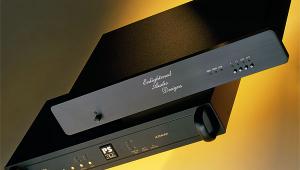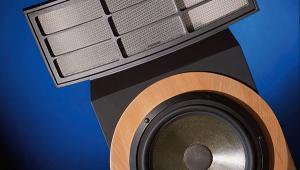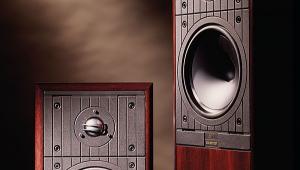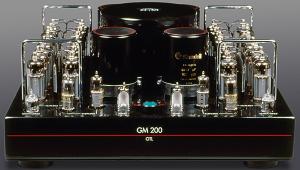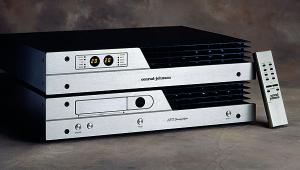Avalon Eidolon Speaker

 After years of development, the US company has come of age with a design that's a landmark in speaker engineering, says Martin Colloms
After years of development, the US company has come of age with a design that's a landmark in speaker engineering, says Martin Colloms
It was a thought-provoking discussion with Avalon president Neil Patel on the virtues of absolute tonal accuracy in a speaker, and how to achieve it, that led to an opportunity to evaluate the Eidolon. It was to prove illuminating to discover just how closely his objectives had been realised in this design.
Based in Boulder, Colorado, and originally a sister company of Jeff Rowland Research, the amplifier manufacturer, Avalon was acquired by Neil Patel a decade ago. He has been developing his design skills ever since. Avalon now has a full line of speaker systems, including a smaller version of the Eidolon called the Opus Ceramique (£15,000).
The Eidolon itself is a tall, slim enclosure with prismatic, almost crystal-like, facets on the front. But appearances can be deceptive and the enclosure in fact supports sufficient volume to properly tune the full-size bass driver to a usefully low bass frequency limit, quoted at a deep 26Hz (–1.5dB). The extended high frequency range is also worthy of attention, claimed to extend seamlessly to 34kHz (–1.5dB), sufficient for wider bandwidth sources such as SACD.
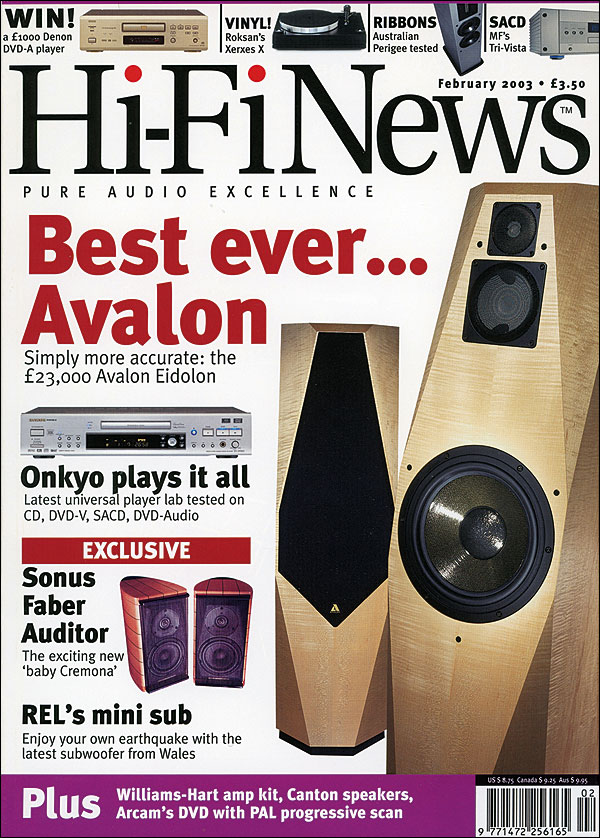
A two-man lift, this 68kg box has first class build and finish. The review pair came in perfectly matched light maple, while other premium and luxury veneers are available to order. Each enclosure stands 1.1m tall on three carpet-piercing, stainless steel cone spikes; depth is 432mm, width just 305mm. The angled-profile, matching grille is integral to the acoustic design and must be left in place.
Concealed beneath the enclosure are connectors for single-wire, spade-terminated speaker cable, as well as the hidden bass port or vent.
Technology
If we accept the claim for tonal accuracy, then its achievement, an issue of absolute sound energy versus frequency, could still be valueless unless the speaker is also very low in coloration. This is perhaps why Avalon claims 'the fastest settling times of any dynamic transducer', implying that energy storage is so low that the residual energy in the speaker quickly falls or settles to a low threshold.
All the components of a speaker are set into vibration when it is operating, but (aside from the sound-radiating diaphragms), this vibration must be rigorously controlled. One of Neil Patel's objectives was to deliver a lower noise floor than rival speakers, so that subtle low-level detail could be heard at all volume levels. Built primarily of MDF, the enclosure has bonded, multiple-layer elements up to 150mm thick with extensive bracing. The result is a singularly inert platform for the three drivers, carefully selected from German makers Theil/Accuton and Eton.
All are pure piston transducers to well beyond the required operating bandwidth. Thus the 270mm die-cast frame Eton bass driver has an ultra-stiff composite or sandwich cone formed from Kevlar and Nomex, and while it is operated to a few hundred hertz, its first break-up mode is a full decade higher at 2kHz. The 90mm Accuton concave-dome mid driver has a pure ceramic diaphragm, full-depth oxidised to pure alumina from the foil master. It has an extraordinary 100Hz to 10kHz piston range yet is only worked from 300Hz to 3.5kHz.
The ultra-light tweeter is also pure ceramic, with a 900Hz to 45kHz intrinsic bandwidth – many 'piston' metal dome types are in serious multiple resonance behaviour from as low as 20kHz – with a designed operating range of 3.5kHz to 40kHz in this system. There is no bending/break-up in these drivers anywhere near the operating range. With no diaphragm 'break-up' there is no stored energy either; their 'speed' is comparable to that of an electrostatic.
Solid Solution
The zero-stored energy approach also applies to the bass, where a chosen low operating limit minimises both in-band hangover and group delay. A low-Q 'sealed-box' alignment is employed, the reflex vent deliberately de-tuned to extend the extreme bass and more helpfully augment the system's low-frequency dynamic range. Thus the 75-litre enclosure is tuned to a very low 19Hz or so and is potentially free of subjective bass boom.
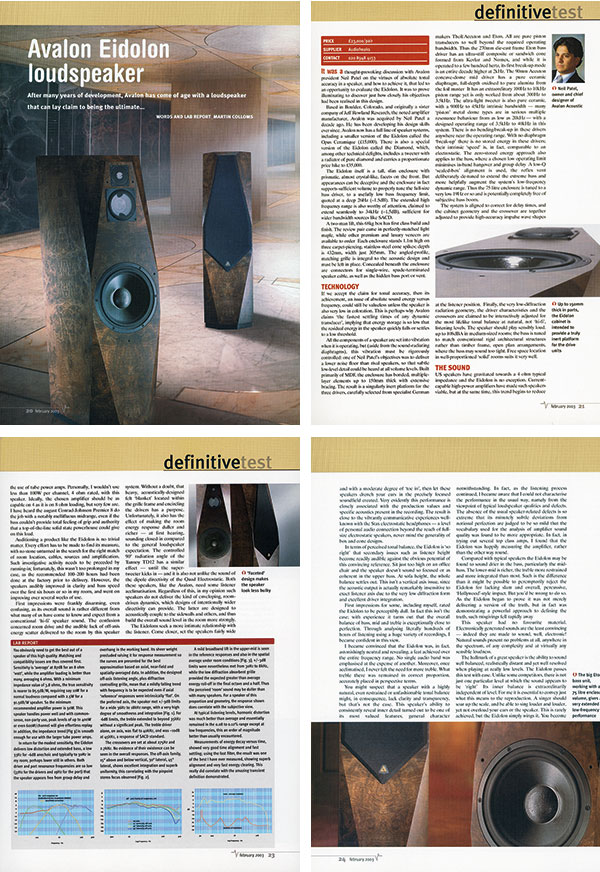
The system is aligned to correct for delay times, and the cabinet geometry and the crossover are together adjusted to provide high-accuracy impulse wave shapes at the listener position. Finally, the very low-diffraction radiation geometry, the driver characteristics and the crossovers are claimed to be interactively adjusted for the most lifelike tonal balance at natural, not 'hi-fi', listening levels. US speakers have gravitated towards a 4ohm typical impedance and the Eidolon is no exception. Yet it should play sensibly loud, up to 108dBA in medium-sized rooms. The bass is tuned to match conventional rigid architectural structures rather than timber frame, open plan arrangements, where the bass may sound too tight. Free space location in well-proportioned 'solid' rooms suits it very well.
![]() The Right Stuff
The Right Stuff
First impressions were frankly disarming, even confusing, as its overall sound is rather different from what many of us have come to expect from a conventional 'hi-fi' loudspeaker. The confusion concerned room drive and the audible lack of off-axis energy scatter delivered to the room by this speaker system. Without a doubt, that heavy, acoustically-designed felt 'blanket' located within the grille frame and encircling the drivers has a purpose.
Unfortunately, it also has the effect of making the room energy response duller and richer – at first hearing, sounding closed-in compared to how loudspeakers sound in general. But the Eidolons seek a more intimate relationship with the listener. Come closer, set the speakers fairly wide and with a moderate degree of 'toe in', then let these speakers drench your ears in the precisely focused soundfield created. The result is close to the vibrantly communicative experiences well known with Stax electrostatic headphones – a level of personal audio connection beyond the reach of full-size electrostatic speakers, never mind the generality of box-and-cone designs.
In terms of perceived tonal balance, the Eidolon is 'so right' that secondary issues such as listener height become readily audible against the obvious potential of this convincing reference. Sit just too high on an office chair and the speaker doesn't sound so focused in the upper bass. At sofa height, the whole balance settles out. This isn't a vertical axis issue, since the acoustic output is remarkably insensitive to exact listener axis due to the very low diffraction form and excellent driver integration.
With experience it turns out that the overall balance of bass, mid and treble is exceptionally close to perfection. Through analysing hundreds of hours of listening using a huge variety of recordings, I became convinced that the Eidolon was, in fact, astonishingly neutral and revealing, a feat achieved over the entire frequency range. Moreover, once acclimatised, I never felt the need for more treble. What treble there was remained in correct proportion and accurately placed.







